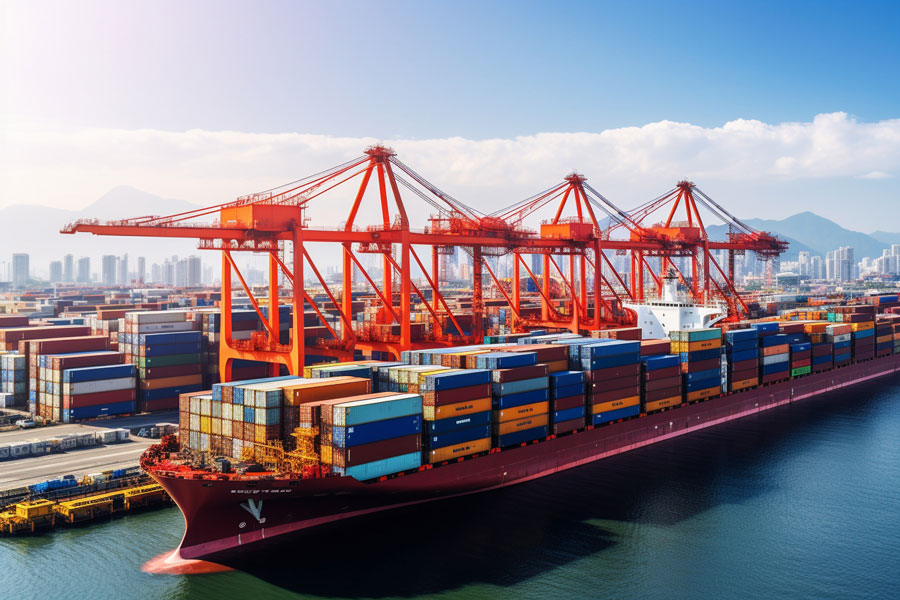


Despite the impact of the Sino-US trade war on the supply chain, trans-Pacific container freight rates have benefited from the continuous evolution of carriers' strategies.
Judah Levine, the research director of shipping analysis firm Freightos, said in the latest news that the United States has imposed tariffs of at least 145% on all Chinese goods, which has led many American importers to cancel orders and suspend shipments. This dramatic shift comes at a time when importers hope to ease tensions and lower tariffs through direct negotiations between the two countries that have not yet officially begun.
Levin said that the demand for maritime transportation between China and the United States has been greatly affected. The report shows that the decline in recent weeks has been around 30% to more than 50%. Gene Seloka, executive director of the Port of Los Angeles, the busiest container terminal in the United States, told CNBC that throughput will decline by 35% next week. For this reason, shipping companies are taking active measures to balance supply and demand. Most of the routes from China to North America have been cancelled, and the entire routes have also been suspended.
Levin said that it is expected that the capacity of the Trans-Pacific route to the west coast will decrease by 28% in the coming weeks, and the capacity to the east coast will decrease by 42%.
Many American importers who rely on Chinese goods may be able to tolerate a brief suspension of shipments, as they have accumulated excessive inventories by stocking up in advance before the expected tariffs take effect recently. However, if tariffs remain high for a long time, American consumers may face inventory shortages, especially for goods such as toys, baby products and sports goods that are purchased in large quantities from China. As importers are forced to bear high tariffs, prices may rise significantly.
Interestingly, the decline in maritime capacity is smaller than that in freight demand between China and the United States. Levin said that this difference might be due to the increase in freight volume in other Far Eastern countries, whose major ports are usually located on the China-North America container shipping route. Shippers on these routes are speeding up their shipments to get ahead of the expiration of the 90-day reciprocal tariff moratorium imposed by the United States on these countries in July.
Levin said that some freight forwarders reported an increase in trans-Pacific freight demand from Southeast Asia. It is estimated that the booking volume has increased by 20% in recent weeks. This transformation partially offset the decline in freight demand in China. Carriers may reallocate some of the vacant capacity on the China-Us routes to these routes to meet the growing demand. However, as freight volume shifts rapidly from China, the significant increase in freight volume may lead to congestion, delays, and even equipment shortages.
Despite the market turmoil, Levin said that container freight rates have demonstrated astonishing resilience. Even though the volume of transportation continues to decline, this wave of flight suspensions is expected to stabilize the freight rates of China's exports. Freight rates on the Trans-Pacific route have only slightly decreased compared to the beginning of this month, even before many flights were grounded.
Data from Freightos Terminal shows that freight rates departing from China and some countries that are currently benefiting from the suspension of tariffs have diverged on certain routes. For instance, the freight charges from Shanghai Port and Saigon Port in Vietnam to Long Beach in California initially rose by more than 40% during the period from the announcement of the reciprocal tariffs on April 2nd to their effectiveness on April 9th. Since then, the freight rate from Shanghai to Long Beach has dropped by more than 30%, while the freight rate from Saigon Port has remained at a high level.





